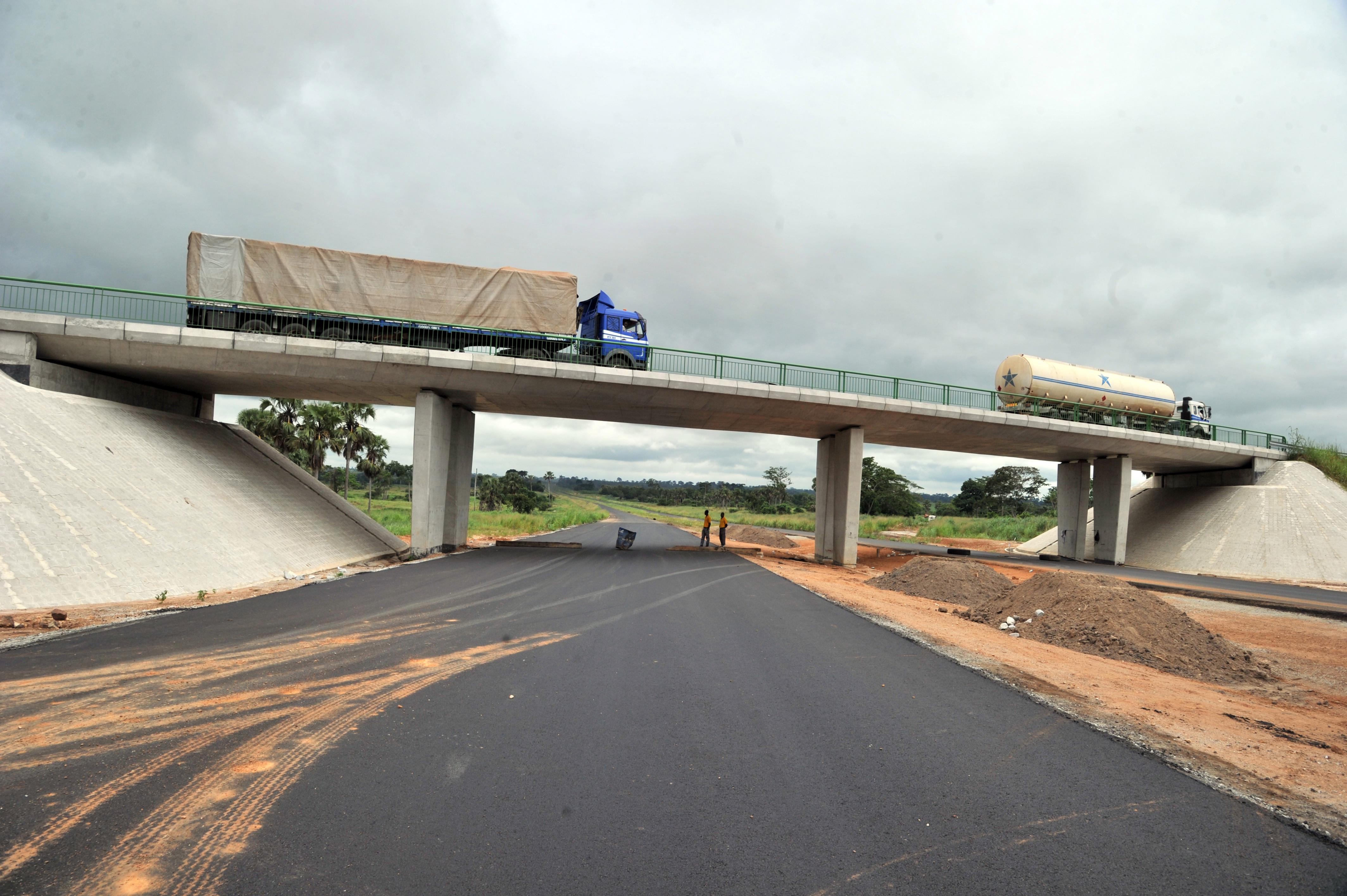A new working paper by Ben Leo of the Center for Global Development is based on the brilliantly simple premise that if we’re going to be giving money to poor countries, we should spend some time looking at what the people in those countries’ want.
The paper looked what people identified as the most pressing problems facing their countries on public attitude surveys from 42 African and Latin American countries. In the case of Africa, Leo found that the overwhelming priorities as “(1) jobs and income; (2) infrastructure; (3) enabling economic and financial policies; and (4) inequality. Since 2002, these issues have steadily accounted for roughly 70 percent of survey responses.” (Notice that health, education, and political instability are not on that list.)
So is this what U.S. aid to Africa has focused on? Not even close. According to Leo, “percentage of US development commitments aligned with what Africans have cited as the three biggest problems has exceeded 50 percent in only two African countries over the last decade.” Those would be Botswana, where PEPFAR programs addressed AIDS, and Burkina Faso, where a Millennium Challenge Corp. grant focused on infrastructure.
Most countries are more like Kenya, where only 6 percent of the $5 billion in U.S. development commitments over the last decade has gone toward the three problems Kenyans consistently identify as the country’s biggest: unemployment, bad infrastructure, and unfriendly economic conditions.
Of course, you can go a bit too far with this logic. To put it bluntly, the majority of people—whether they’re in Africa, the United States, or anywhere else—don’t always know what’s good for them. Smart policies don’t always align with popular opinion, and just because people don’t say they care about public health or education in surveys doesn’t mean these aren’t serious problems donors can help address.
But in a world of finite resources, simply ignoring the priorities of the people you’re trying to help certainly doesn’t seem like a great way to design policy. That could mean a bit less attention on bednets and textbooks and more on roads and jobs.
